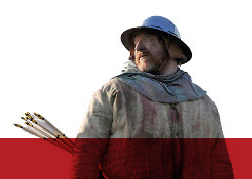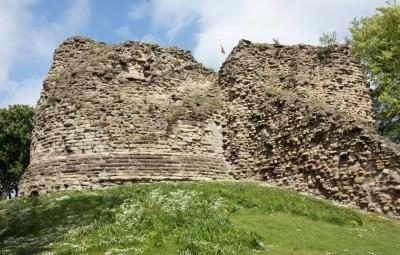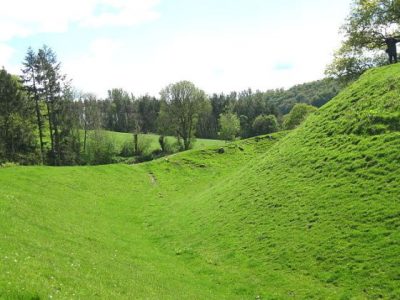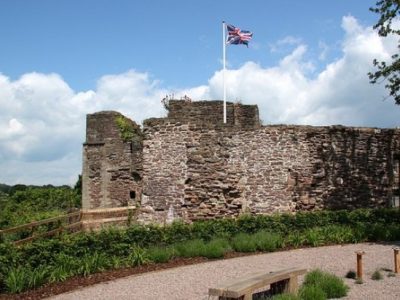The Forest of Dean and Sir John Greyndour (d.1416)
By Roger Thomas A significant local landowner in the Forest of Dean, Sir John was closely associated with the local freeminers who travelled to France as part of the war effort. He had a long military career before Agincourt, notably in the wars against Welsh leader Owain Glyndŵr in battles at Shrewsbury, Grosmont and Pwll Melyn in the early 1400s. The indenture signed by Sir John in 1415 supplied Henry V’s forces with a company of 30 archers and 120 miners, believed to be from the Forest of Dean. It... Read More



